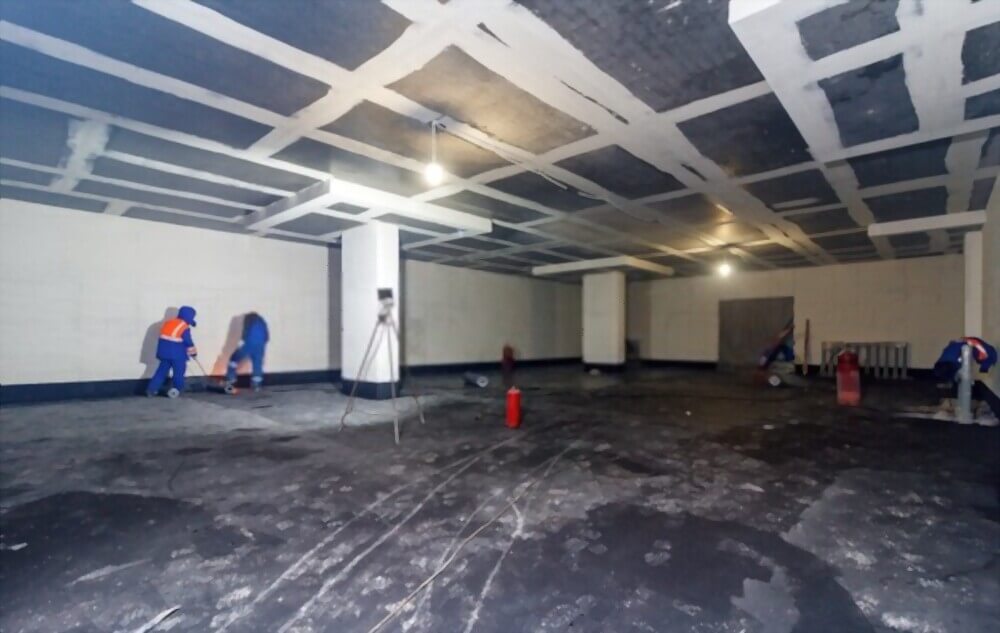Historic houses are commonly cherished for their distinctive architectural features and deep histories, but they additionally come with distinct difficulties, notably when it comes to waterproofing. As these homes age, their materials and frameworks can become susceptible to water damage, leading to high maintenance and potential health risks such as fungus and mildew. Grasping the significance of moisture protection is vital not only for protecting the aesthetic and integrity of these heritage treasures but also for protecting the capital that property owners have put in.
In this article, we will investigate the various moisture control challenges faced by old properties and delve into strategies to mitigate water damage. From identifying indicators that your property may need moisture protection to considering the pros and cons of do-it-yourself solutions versus expert services, we strive to provide insightful information for property owners. By discussing the specific challenges related to waterproofing in traditional properties, we intend to empower you to make proactive decisions in protecting your property from the elements.
The Importance of Waterproofing Historic Homes
Protective sealing is crucial for older residences to maintain their historical accuracy and avert moisture-related issues. These properties often have unique features, such as traditional elements and craftsmanship, which can be compromised by moisture infiltration. Moisture can weaken the foundation, lead to mildew, and cause lasting destruction to interior surfaces, basements, and ceilings. Effective waterproofing guarantees that these charming homes remain protected and comfortable while maintaining their historical value.
Neglecting waterproofing in heritage properties can lead to significant repair costs down the line. When moisture penetrates into structural elements or foundations, it can create a domino effect of problems, including decay and chipping surfaces. Over time, these trivial problems can escalate, leading to major interventions or even the loss of classic aspects. By committing to proper waterproofing methods, residents can prevent serious issues and protect significant amounts in restoration costs, ensuring their homes last through the years.
In addition to protection from moisture issues, waterproofing can improve the energy performance of heritage residences. By closing gaps and preventing water penetration, property owners can ensure a comfortable indoor climate, reducing dependence on heating and cooling systems. This not only leads to a more comfortable living space but also is in harmony with green initiatives, making historic homes resilient and eco-friendly.
Typical Damp-proofing Issues for Historic Structures
Historic structures often face distinct waterproofing difficulties that require thoughtful consideration and expertise. One major issue is the presence of old materials and construction techniques that may not meet current waterproofing standards. Many traditional homes were built using absorbent materials such as brick, which can absorb moisture and allow water infiltration. Achieving effective waterproofing in these cases often involves tailored methods tailored to preserve the building's integrity while enhancing its resistance to water damage.
Another challenge is related to shifting and movement that aged buildings experience over time. Foundation issues, such as fissures and gaps, can develop, compromising the building's waterproofing solutions. These vulnerabilities can lead to water seeping into cellars, resulting in mold growth and structural damage. Addressing https://aluneed.ca/ requires a mixture of proper foundation repair techniques and effective waterproofing measures to create a solid barrier against moisture.
Furthermore, the design preservation of traditional homes complicates the waterproofing process. Homeowners often wish to maintain the true appearance of their properties, which can limit the types of waterproofing solutions that can be applied. Balancing the need for effective waterproofing with the desire to preserve architectural features requires skilled professionals who understand both the mechanical aspects of waterproofing and the historical significance of the building. This challenge makes it vital for homeowners to carefully choose waterproofing methods that align with their preservation goals.
Valuable Methods for Protecting Historic Homes
Preserving historic homes demands a thoughtful approach to waterproofing that respects their architectural authenticity. Tailored materials and methods should be used to ensure that the original features are not altered during the waterproofing methodology. For instance, ventilated membranes can be utilized to allow moisture trapped within the walls to vent, stopping damage while keeping the home waterproofed. This method avoids the accumulation of moisture that can lead to mold and structural issues without enclosing vapor inside the walls.

In furthermore to breathable membranes, time-honored masonry techniques can play a critical role in waterproofing historic structures. Lime-based mortars and plasters are ideal for older homes as they provide adaptability and breathability that modern materials often do not provide. These materials can help to draw moisture away from the structure while keeping the aesthetic qualities that define historic architecture. This approach not only protects the building from water damage but also preserves its historical character.
Another effective strategy for preventing water damage in historic homes is to pay attention to proper drainage and landscaping. Ensuring that gutters and downspouts are operating effectively can divert water away from the foundation, while landscaping features like swales and rain gardens can additionally manage water runoff. By combining these methods with appropriate waterproofing techniques, homeowners can significantly enhance the resilience of historic properties against water damage, ensuring their preservation for future generations.
